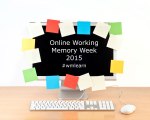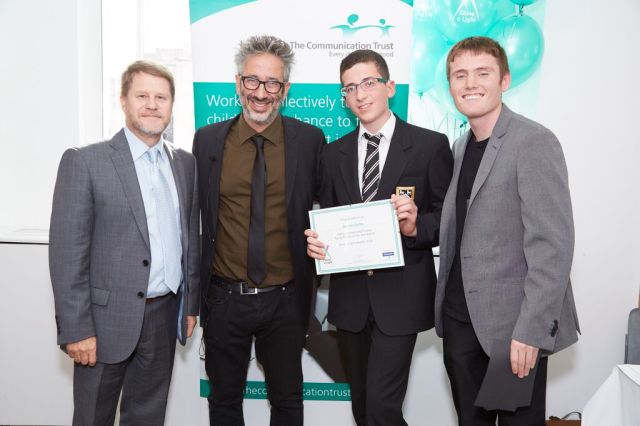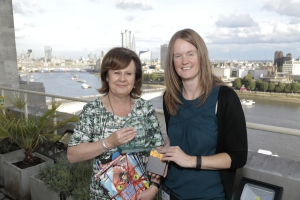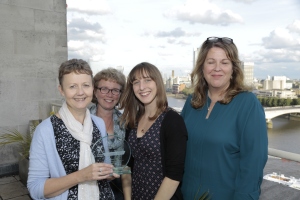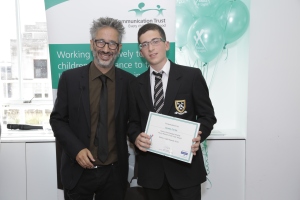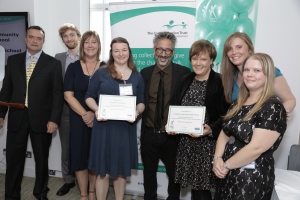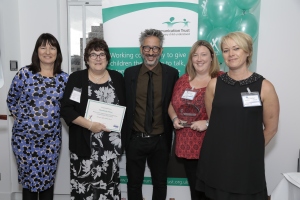In November 2015 we were invited to present at Pearson’s Digital Technology in Psychology Conference. This conference was designed to provide a forum for psychology professionals to talk about the impact digital is having on research and clinical practice. As a digital agency, we wanted to share our experiences of digital and the opportunities that we believe exist. We also wanted to share our specific interests in the key areas of depression and dementia.
Understanding the pace of digital change
We started with an overview just how quickly the digital landscape is evolving. Firstly, whilst we have all became conversant with the idea of desktop computers and mobile smartphones, we now have internet enabled devices as small as smart watches and jewellery, and as large as smart televisions. We use the word “app” to describe any application that can run on any of these devices. And the internet or web, is essentially everywhere, as none of us is ever offline anymore. This creates infinite opportunities to build new connected experiences.
Secondly, where traditionally digital insights were separated between quantitative data from analytics and qualitative insights from interviews and surveys, we now have a world of “big data”. With the technologies and analysis capabilities within the big data world, we can draw behavioural and qualitative insights from large sets of quantitative data. Essentially opening up discussions on sampling over comprehensive data collection.
However, with these accelerating capabilities, we also have a rise in digital inequality. We use this phrase to refer to the disconnect between organisations that are highly digitally literate and maintain new technologies and services, to those that are less digitally literate, and face challenges with legacy technology that prevents them from capitalising on new possibilities.
The complexity is significant. But when it comes to examining where the opportunity is to provide new digital services for individuals in the realm of clinical psychology, mobile, and specifically smartphones present the greatest opportunity.
The smartphone is the key to almost all modern day digital experiences
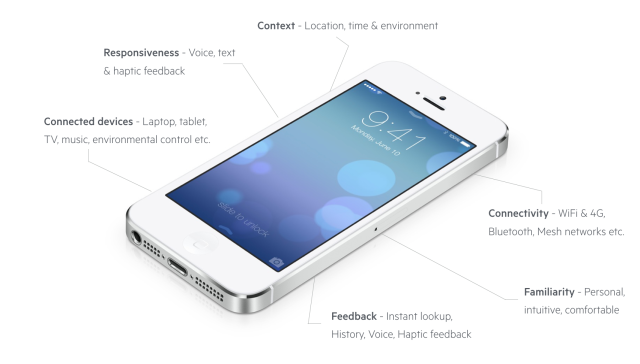
Smartphones have become our constant companions. Their inherent capabilities mean that we essentially have come to rely on them to be our trusted go to source for work, travel, socialising and even family life. We spend 2h26m (Source: eMarketer) on our smartphones per day on average. And although in our current population outlines, smartphone penetration is greatest amongst the 16-24 age group, there has been double digit growth in the 55+ category. This will only increase as our current population ages.
The ubiquity and personal nature of our smartphones mean that they could potentially offer sufferers of depression and dementia the kind of support they need to manage their conditions better. It was this broad premise that we took into a collaborative workshop with conference attendees to explore new ideas for digital services.
Why we focused on depression and dementia
Clearly these are two very large areas of discussion with a number of different conditions and clinical approaches to diagnosis, treatment and management. However, we have seen the use of digital technology increase in these two areas. For example, there has been a significant rise in the use of Computerised Cognitive Behavioural Therapy (CCBT) to treat mild depression, with many app developers launching products that have not been clinically tested or validated. These apps are popular, but it is clear that there is a need for discussion about how outcomes are measured and whether using a bad app can have an impact on a sufferer’s condition. Alarmingly, because clinicians are concerned about efficacy, there isn’t much clinical usage of these tools meaning a lot of sufferers are navigating this space without appropriate support.
Within the dementia area, mobile apps and even games are being used to help sufferers improve memory function and sometimes as assistive aids to give people independence in their environments. The Alzheimer’s Society has publicly stated its focus on exploring solutions to give “every person with dementia…the opportunity to benefit from technology appropriate to their needs:”.
It was with these significant trends in mind that we set our workshop participants two challenges for new digital services:
- How to we solve the problem of efficacy for mental health apps?
- How do we integrate assistive technologies within the dementia care pathway?
Answering the brief with a Product Canvas
The Product Canvas is a tool often used to help express a digital product vision for teams developing using an Agile process. We adapted the template to give us a structure for putting a vision and idea on one page and each workshop group produced their own single page overview in answer to the question.
How do we solve the problem of efficacy for mental health apps?
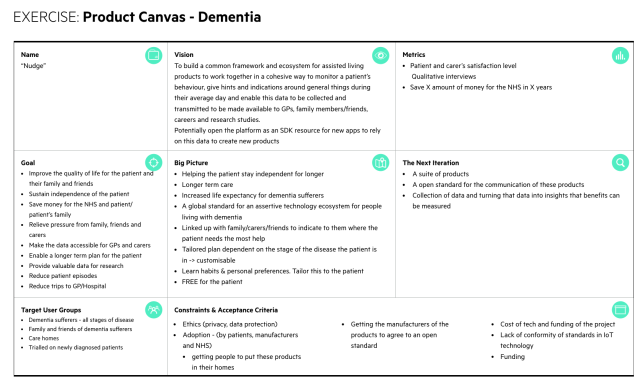
How do we integrate assistive technologies within the dementia care pathway?
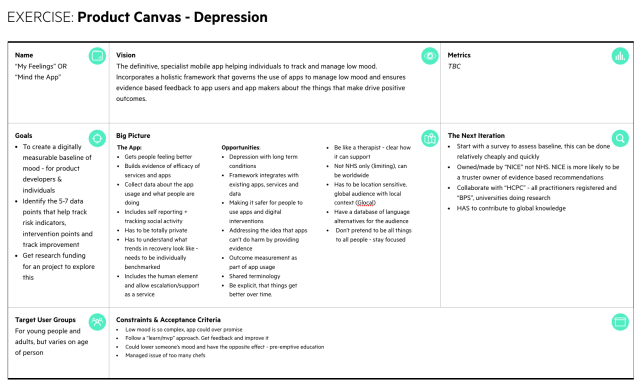
Insights from the workshop
Firstly, our topics were too broad to conclude too much detail in one afternoon, but we knew this would be the case. There were so many interlinked issues raised. Some of these issues reflect significant tensions, E.g. Giving individuals privacy but also ensuring carers and clinicians are kept informed when a patient is interacting with personal technology. We discussed the lack of knowledge and skills within the clinical psychology field that prevents full exploration and exploitation of the latest technology.
We were encouraged by the breadth of thinking and discussion that led us to these very high-level outputs of what can be done in these two areas. We hope that participants felt sufficiently stimulated about what is possible with current mobile capabilities and we look forward to continuing the dialogue with clinical practitioners focused on making a difference through technology.
Lola Oyelayo is Director of Strategy & User Experience at Head.





